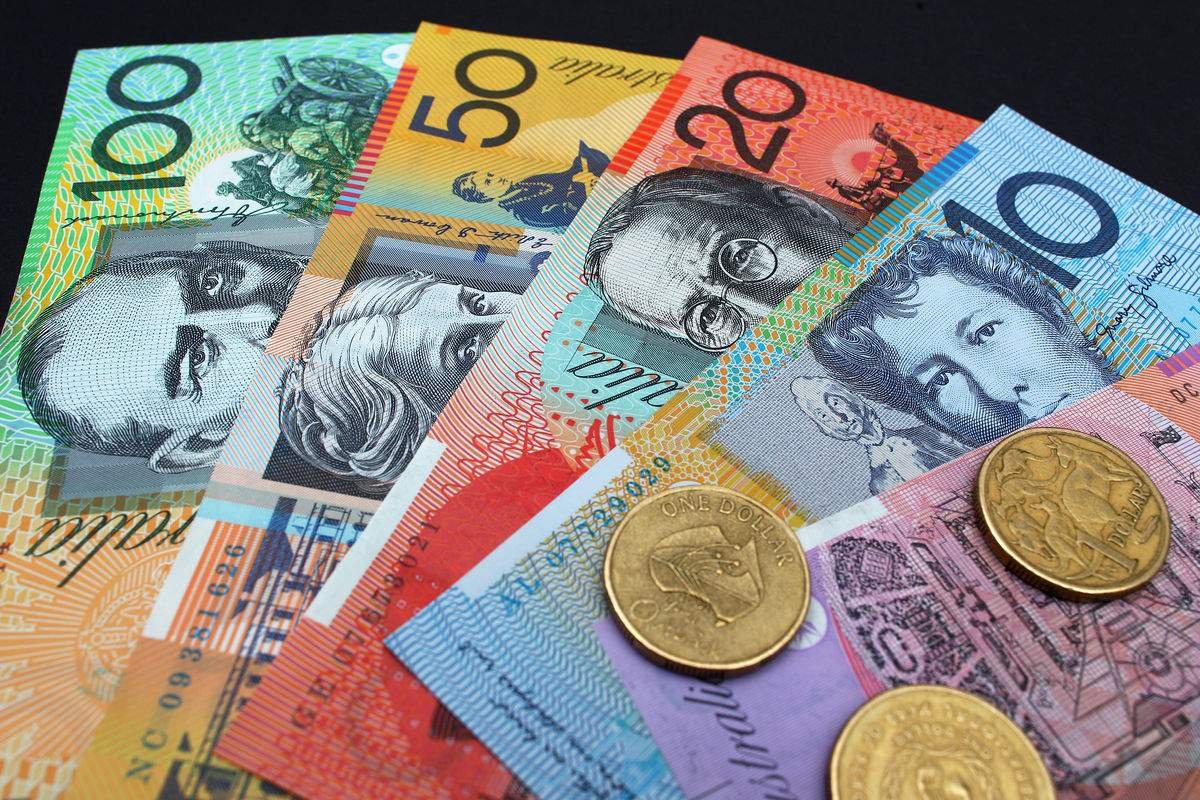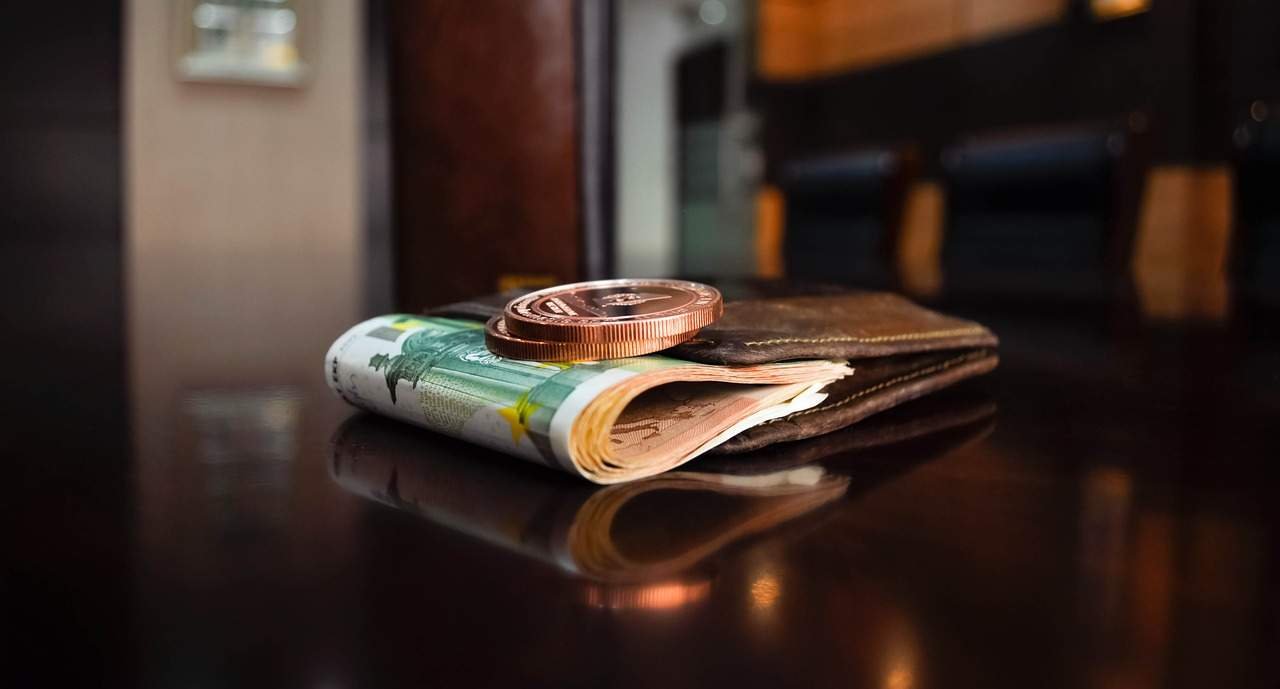Cryptocurrency is a digital coin that not authorizes by the government but still, people use it for online transition and online shopping. Here explain it with their Meaning, Definition, Types, Advantages, Benefits, Merits, Demerits, Limitations, and Disadvantages. Cryptocurrency is an online digital and virtual currency which only exists electronically where it designs to be secure and anonymous. This online currency can offer as a medium of exchange that operates independently of a central bank.
Here are explains the Concept of Cryptocurrency, by its Meaning, Definition, Types, Advantages, and Disadvantages.
Being independent is a massive attraction for many people as it won’t have any government tampering as there is no central controlling authority. Users on the network would confirm every transaction which then becomes a public record. This helps prevents the same digital/virtual currency from being spent more than once by the same individual. The ever-fast-moving market of cryptocurrency with exchange rates that can dramatically change by the day or even sometimes by the hour Is quite a difficult market to understand.
What is Cryptocurrency? Meaning and Definition.
In the 90’s they were many attempts to create digital currencies but most of them failed due to reasons such as fraud and financial difficulties. The first cryptocurrency was Bitcoin and it was released in 2009. It doesn’t have a physical form and used for online transactions only. However, there are lots of websites where the user can convert Cryptocurrencies in real money and transfer to your bank account. Even those websites are providing real-time exchange rates as well. However, in 2009 an anonymous programmer or group of programmers under the name “Satoshi Nakamoto” introduced the well-known, dominant crypto-currency out there which is named Bitcoin. Satoshi described it as a “peer-to-peer electronic cash system”.
Bitcoin has a valuable reputation and obtains many users. There are many merchants online and offline that accept Bitcoin as a form of payment. Some online retailers accept bitcoin as well in shops, bars, and restaurants. Bitcoins are also accepted in hotels, apps flights and many others. Some markets would only accept cryptocurrencies as a form of payment such as “Bitify” and “OpenBazza”. There are other types of cryptocurrencies that aren’t as big as Bitcoin but still popular these are Blackcoin which requires users to stake coins from their wallet for the right to verify a Blackcoin block.
If the block isn’t verified then the coins are spent. Dash is another example of a type of cryptocurrency which is a two-their network, the first there are for the miners to secure the market network and transaction. The second uses “Masternodes” that deliver multiple transactions at once. Many people talk about why you should use cryptocurrencies and tell us why they are so good. One of these reasons is that it has high identity protection.
For example;
The first rise of Bitcoin – in 2013 – has already become history. Last year began with a new rise when the Bitcoin exchange rate began to overcome one thousand-dollar line after another. Paying with your credit or debit cards online, you will be asked to submit sensitive banking details that can easily be stolen whereas, the cryptocurrency you send to an individual without the need for any of the sensitive information details or credit cards require. Also due to the high accessibility of the internet in the 21st century, many people have quick and easy access to crypto-currency online whereas not everybody has access to banks or money exchange systems.
Types or Kinds of Cryptocurrency:
Bitcoin’s explosion in prominence has led to the growth of dozens of other cryptocurrencies. Meanwhile, companies are betting that blockchain, the underlying technology of bitcoin, could fundamentally change the economy, leading to a surge in blockchain projects. You should do your research if you intend to buy. It’s also worth noting that buying some of these is not exactly easy. In many cases, you’ll likely need to buy Bitcoin or Ethereum first. As with all investments, but especially ones in the crypto space, avoid investing money that you are not comfortable losing given the volatility of the space.
The following kinds or types of cryptocurrency below are, that isn’t bitcoin;
Zcash.
Ethereum.
Ripple.
Bitcoin Cash.
Cardano.
Litecoin.
NEM.
Stellar.
NEO.
IOTA.
Dash.
Monero, and.
Tron.
Advantages or Merits or Benefits of Cryptocurrency:
The following merits or benefits or advantages of Cryptocurrency below are;
1] Easy Useable:
You know the procedure for opening a simple bank account they are asking you several documents if there are any mistakes in documents then they refuse to open an account, also accessing your funds in a different geographical location is a little bit hard. In the case of cryptocurrency you just need a device that able to access the internet with the help of the device, you can create your wallet and use where ever and whenever you want.
2] Decentralization:
You know that most of the cryptocurrencies have no central authority to control, the network distributes to all participants, each computer mining node is a member of this system. This means that the central authority has no power to dictate rules for owners of coins. And even if some part of the network goes offline, the payment system will continue to operate stably.
3] Crypto Use Internationally:
When you talk about transactions using cryptocurrencies then there are no limits. You may be in a different part of the world and the receiver might be in some other hemisphere, you can still transfer the amount without any hassle. The inter-country transaction is extremely easy with crypto-currency because its function is not under the control of any central bank.
Also, coins cannot fake, copies or spent twice. These capabilities guarantee the integrity of the entire system. Every month the number of online shops, resources, and companies to accept BTC is expanding.
4] Operation Cost is low:
Transferring money by using any other online forum or bank gateway is expensive as they levy considerable fees for the transaction. If you transfer crypto no need to pay commission and fees to banks and other organizations.
That does not mean cryptocurrencies are free for transactions, crypto is charging a very small amount of the transaction as a fee, and in crypto’s, it is the buyer paying the small fee. The issue with these fees is that they often pile up and could quickly pile up. Transaction fees are very small and only the buyer gets hit with it.
5] Crypto use unlimited transactions:
In cryptocurrencies, you can pay using your wallet to anyone, anywhere and any amount. The transaction cannot be controlled or prevented, so you can make transfers anywhere in the world wherever another user with a crypto wallet is located.
6] Crypto can very fast transactions:
With cryptos, you don’t need to wait a couple of days for your business to receive the money. cryptocurrencies are based on the blockchain technology, it removes delays, payment of fees and a host of other third-party approval that might have been present.
7] Transparency:
In cryptocurrency, every transaction recorded on the blockchain. The blockchain keeps the information about everything. If anyone has publicly used the crypto address, then anyone can see how much crypto owns. If the address not publicly confirms, then no one will ever know that it belongs to someone.
8] Anonymity:
In cryptocurrencies, you’re able to create an infinite number of wallets without reference to the name, address or any other information.
9] Highly Secured:
All your transactions will be secure as it is using cryptography. It is next to impossible for any person other than the owner of the wallet to make any payment from the wallet unless they were hacked, don’t worry there are many ways to protect yourself.
10] No Inflation:
Coins are limited to use and mine in cryptocurrencies therefore neither political forces nor corporations able to change this order, there is no possibility for the development of the inflation in the system.
11] Peer-to-Peer Cryptocurrency Network:
Cryptocurrencies do not have any master server to manage all transactions. The exchange of information is between 2-3 or more software clients. All installed by users program-wallets are part of a crypto network.
Each client stores a record of all committed transactions and the number of crypto in each wallet. Transactions are made by hundreds of distributed servers. Neither banks or taxes nor governments can control the exchange of money between.
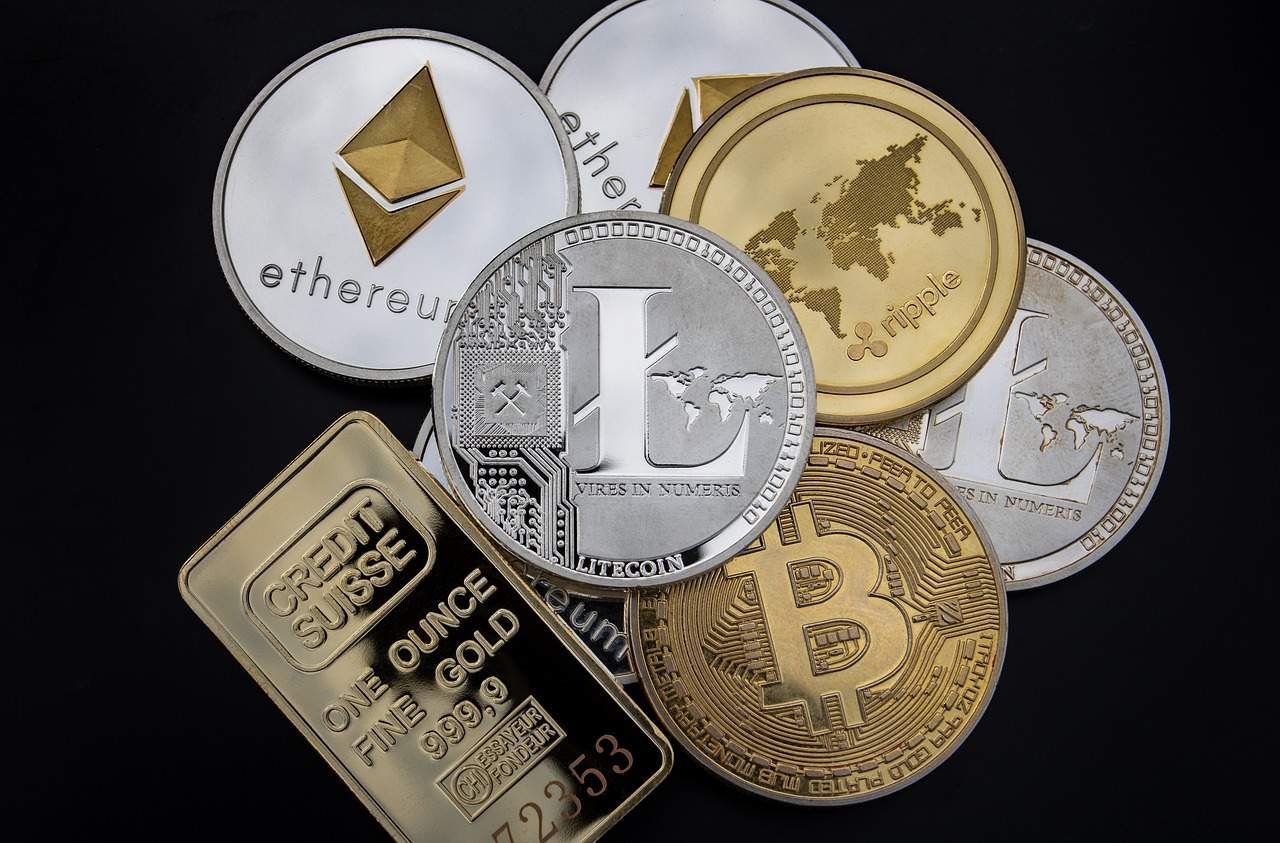
Disadvantages or Demerits or Limitations of Cryptocurrency:
Above are some Advantages of Cryptocurrencies, now move on and look at some disadvantage of cryptocurrencies. The following demerits or limitations or disadvantages of Cryptocurrency below are;
1] Lack of Knowledge:
Most people are not aware of how to use crypto-currency and hence open themselves to the hacker. Digital currency technology is somewhat complex and therefore one needs to be mindful of it before investing.
2] Currency is Strong Volatility:
Since from the beginnings, cryptocurrencies having highly volatile nature. This is one of the main reasons mass adoption is taking longer than it should. Many corporations don’t want to deal with a form of money that is going to go through huge swings in volatility.
3] More Risks of Investing in Cryptocurrency:
Crypto investments are involved in high risk because of its volatile nature and terrorist and other illegal activity financings, lack of a central issuer, which means that there is no legal formal entity to guaranty in case of any bankruptcy.
4] Widely Not Acceptable:
Still, cryptocurrencies are not acceptable in countries and online websites, Very few countries have legalized the use of cryptocurrencies. It makes it impractical for everyday use. Due to a lack of acceptance. In India, Cryptocurrency currency is using for any wallet or digital payment.
5] Not Able to Reverse the Payment:
If you mistakenly pay someone by using cryptocurrency, then there is no way to get a refund of the amount paid. All you can do is to ask the person for a refund and if your request turns down, then just forget about the money.
6] Not Saving or Storing of Cryptocurrencies:
If you have stored digital currency on your phone or computer, you better remember your password and not lose those devices. Losing your coins means you won’t be able to retrieve it.
That’s why to use secure offline wallets like Ledger Nano. There are always pros and cons to everything in life and this is why you need to weigh both actions thoroughly before making a decision.
Cryptocurrencies are here because of making our day-to-day transactions easy now as time passes technology usage also getting a wide range as well as more and more pros and cons add to the technology, it depends upon us how we use technology to make our lives better and easier.


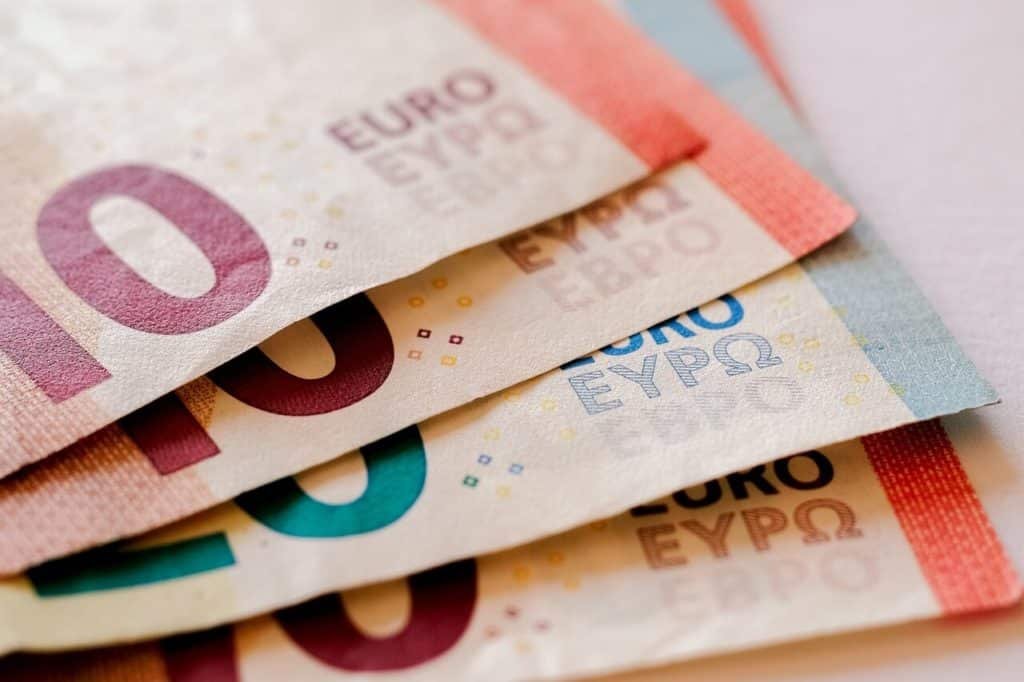





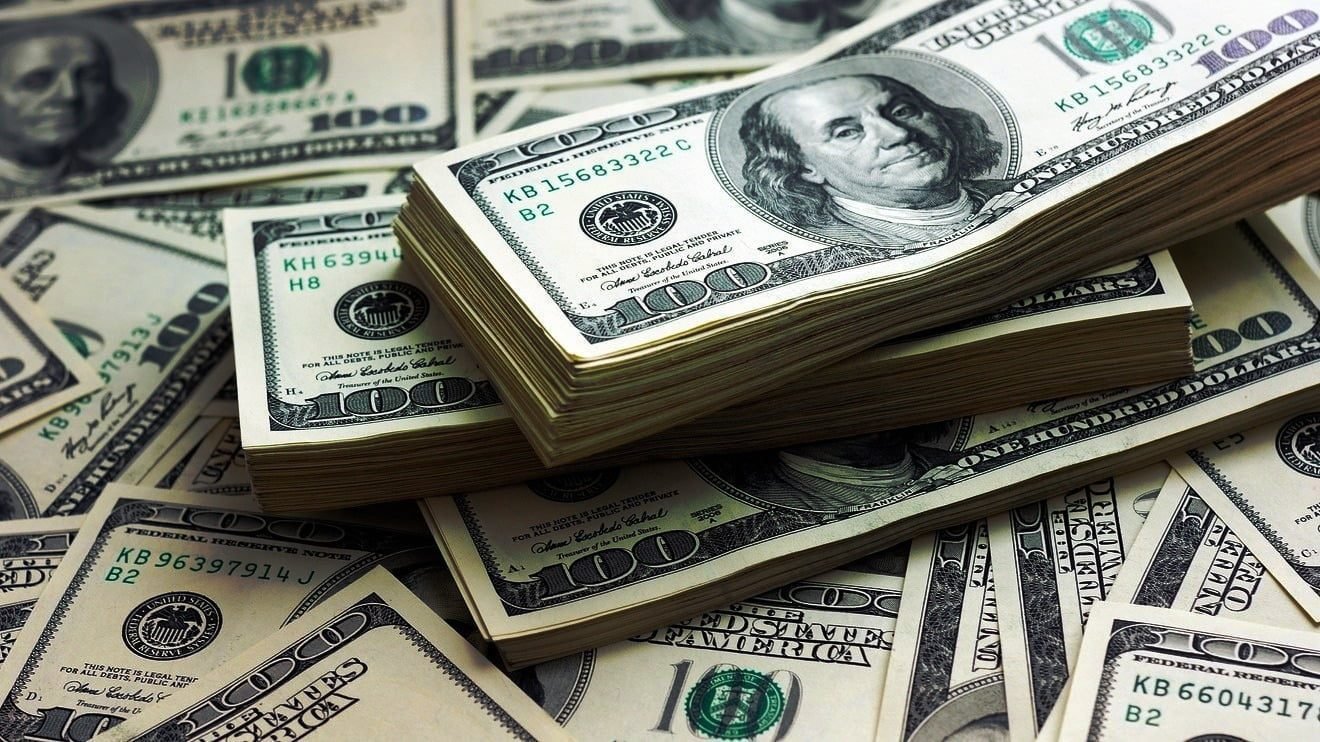

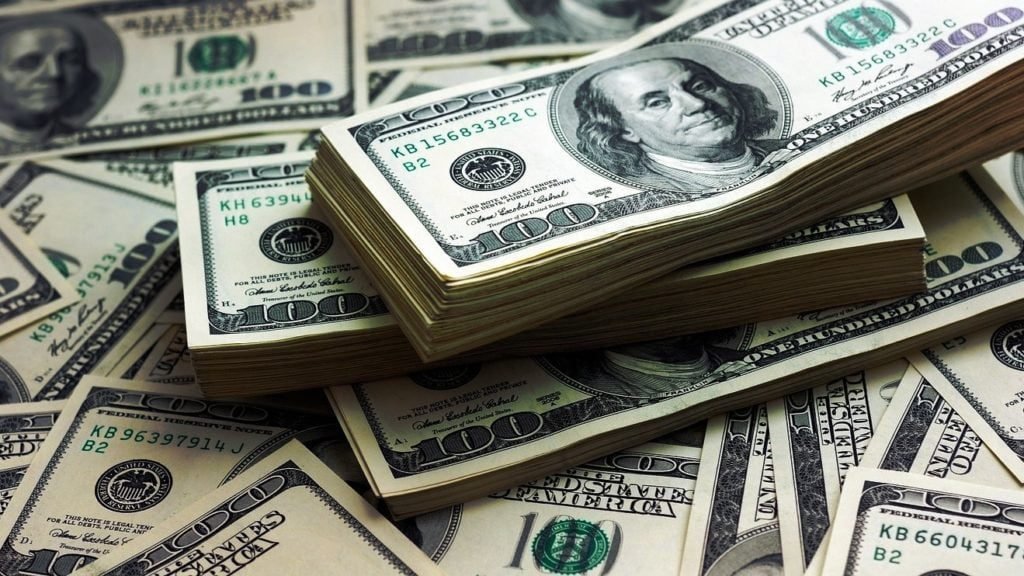
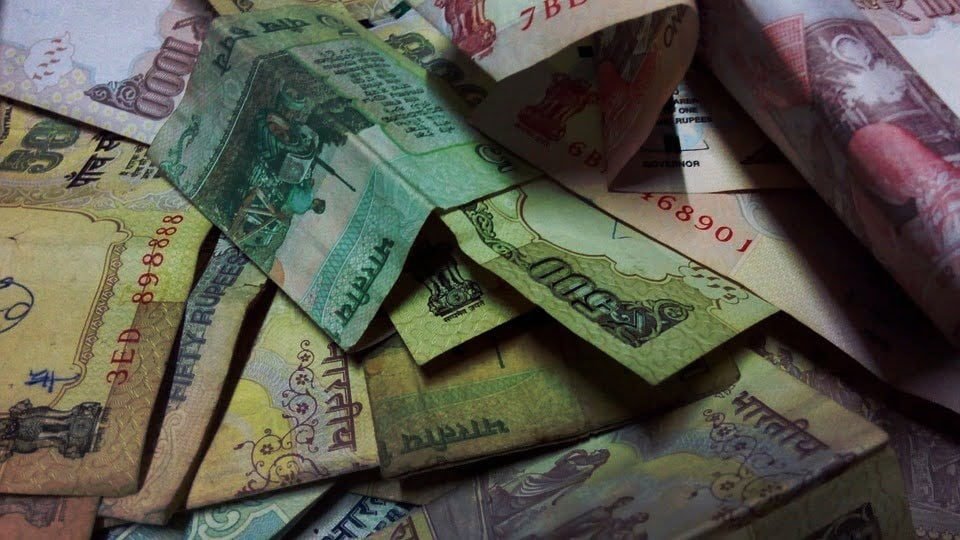
 India
India